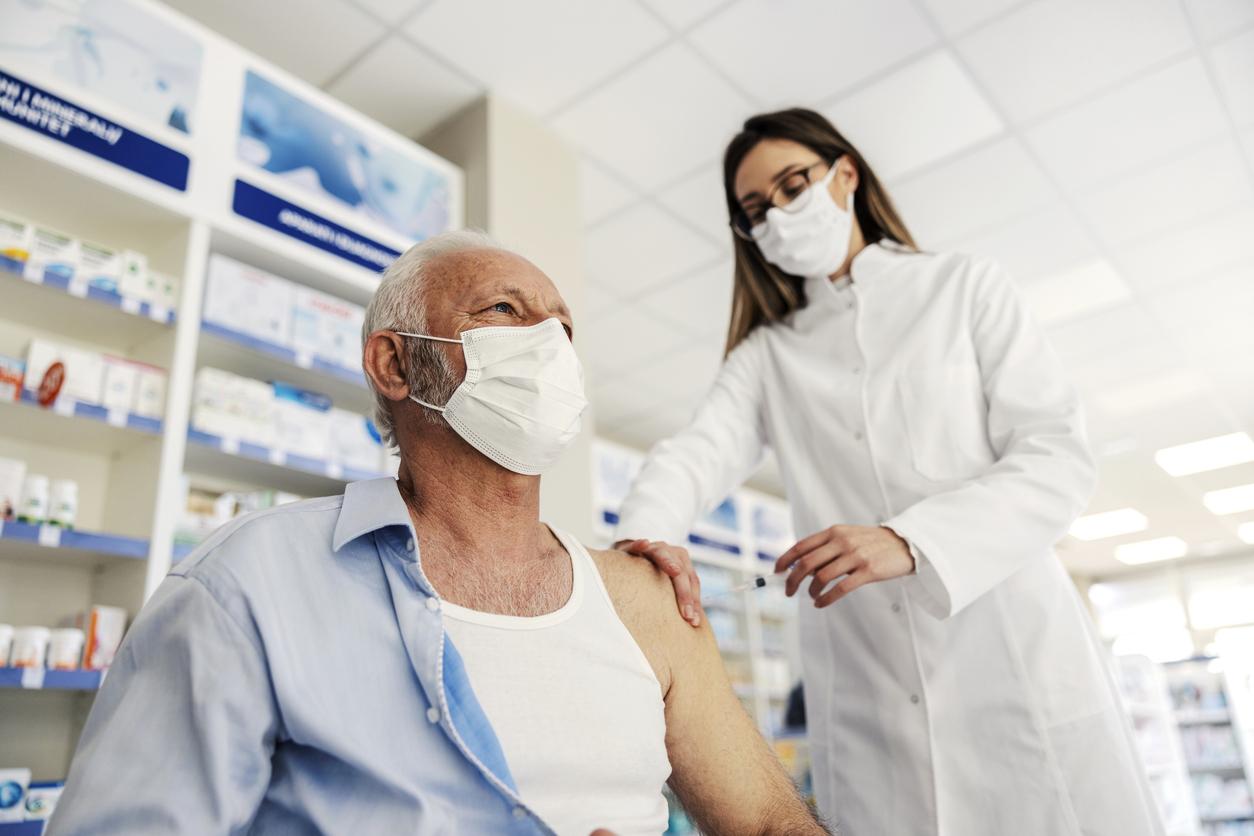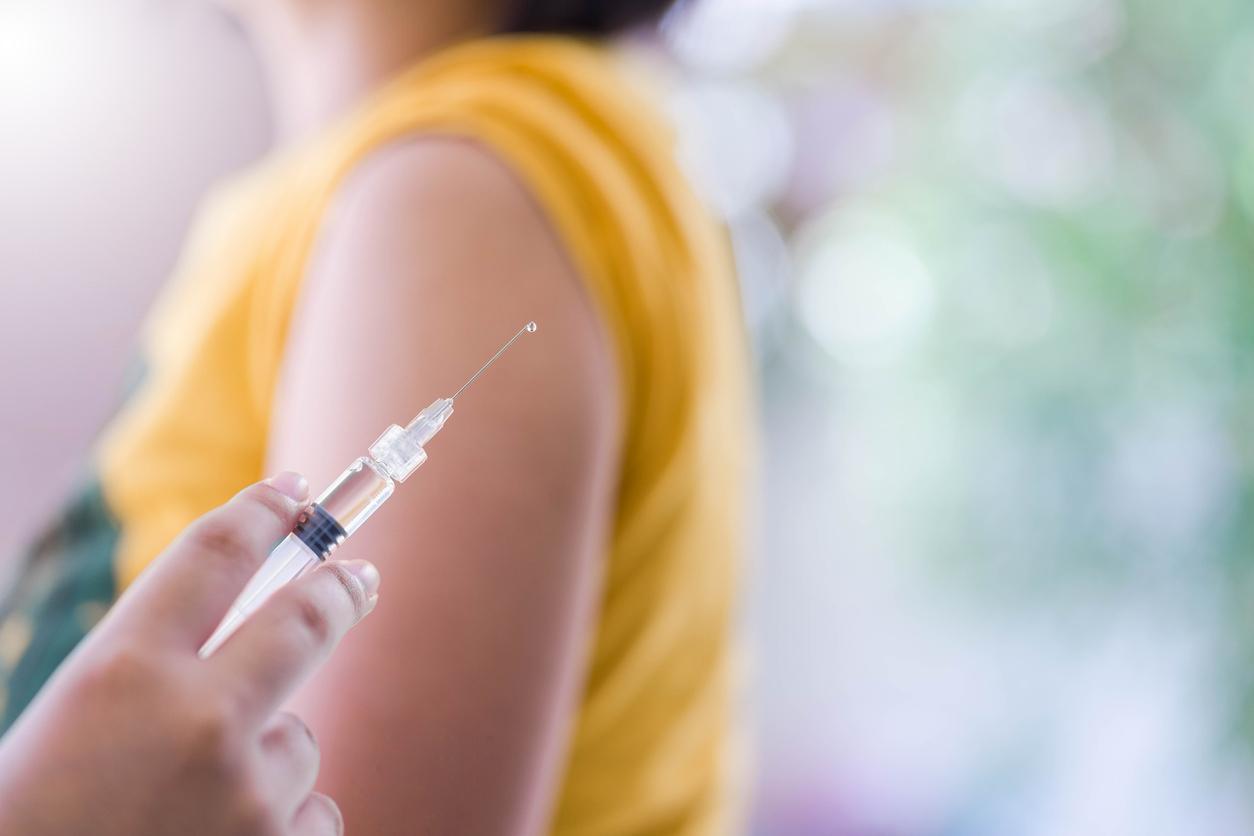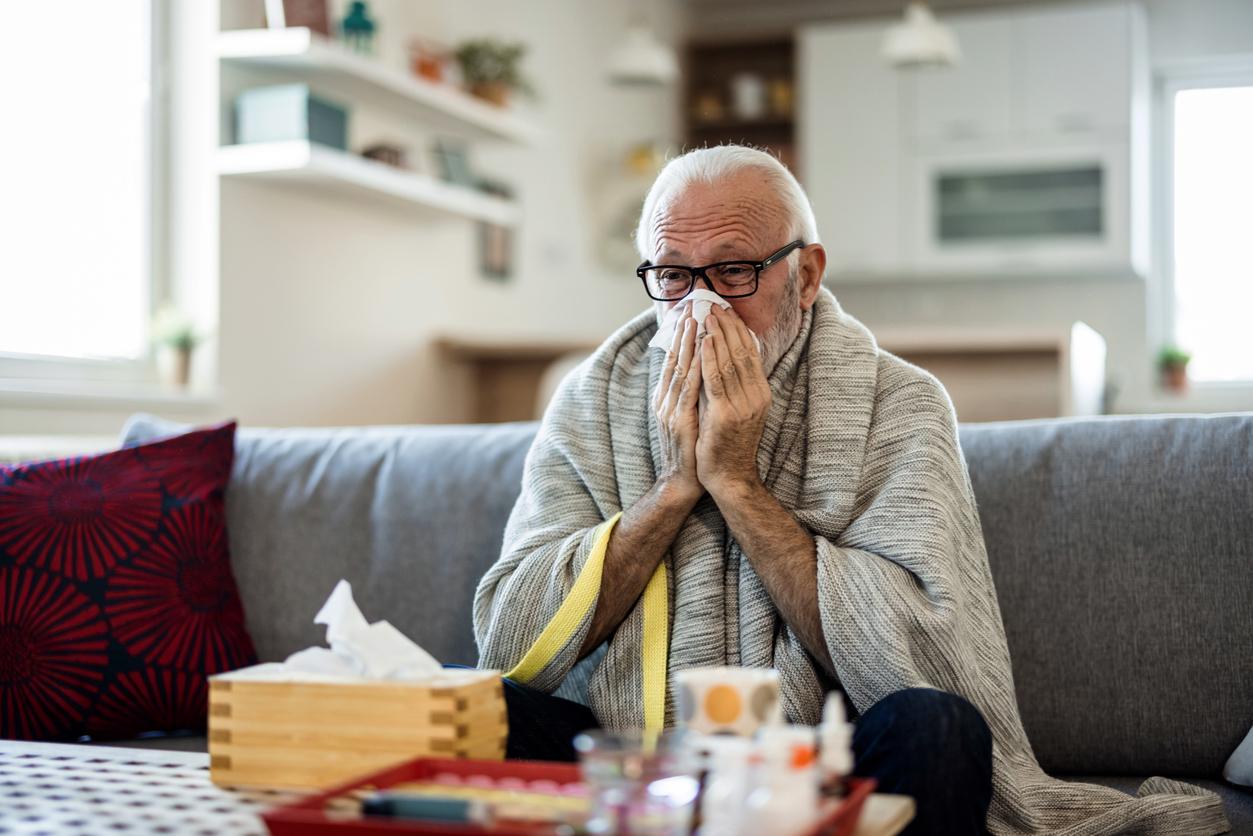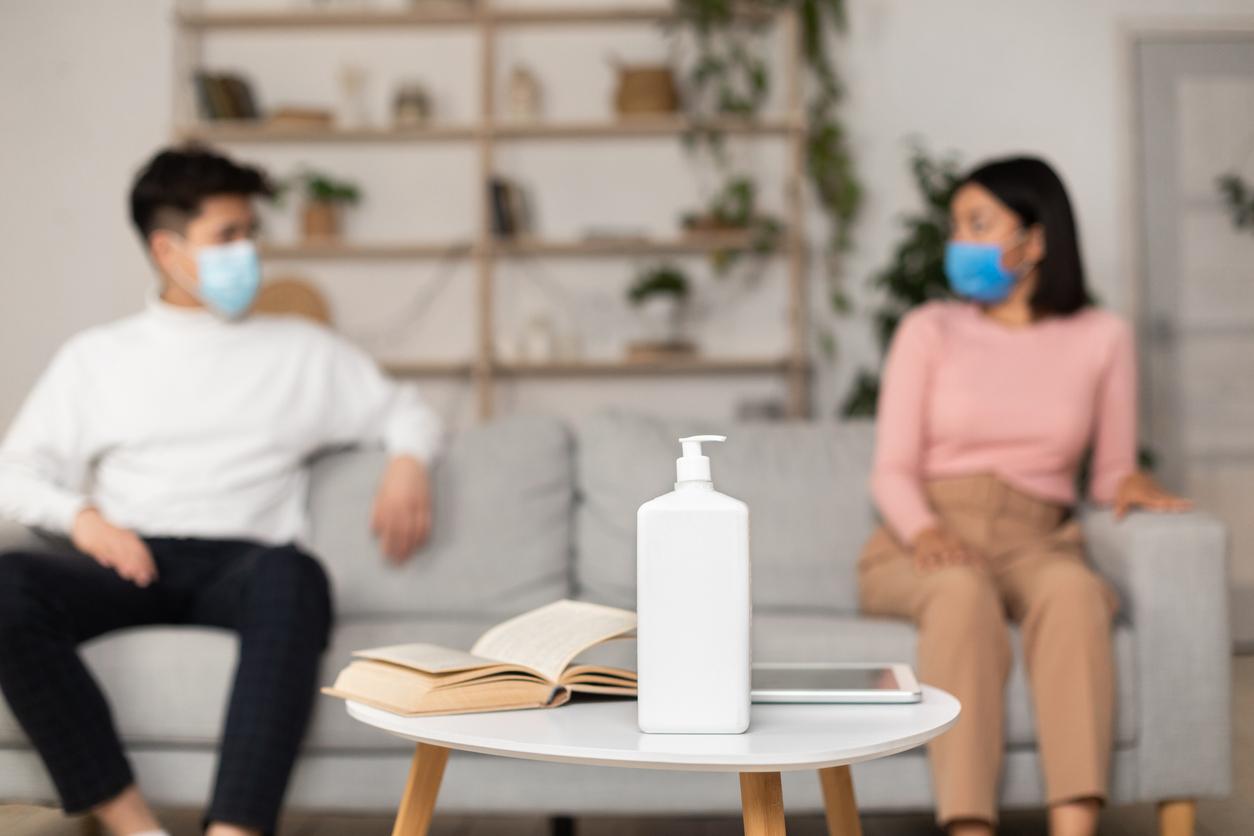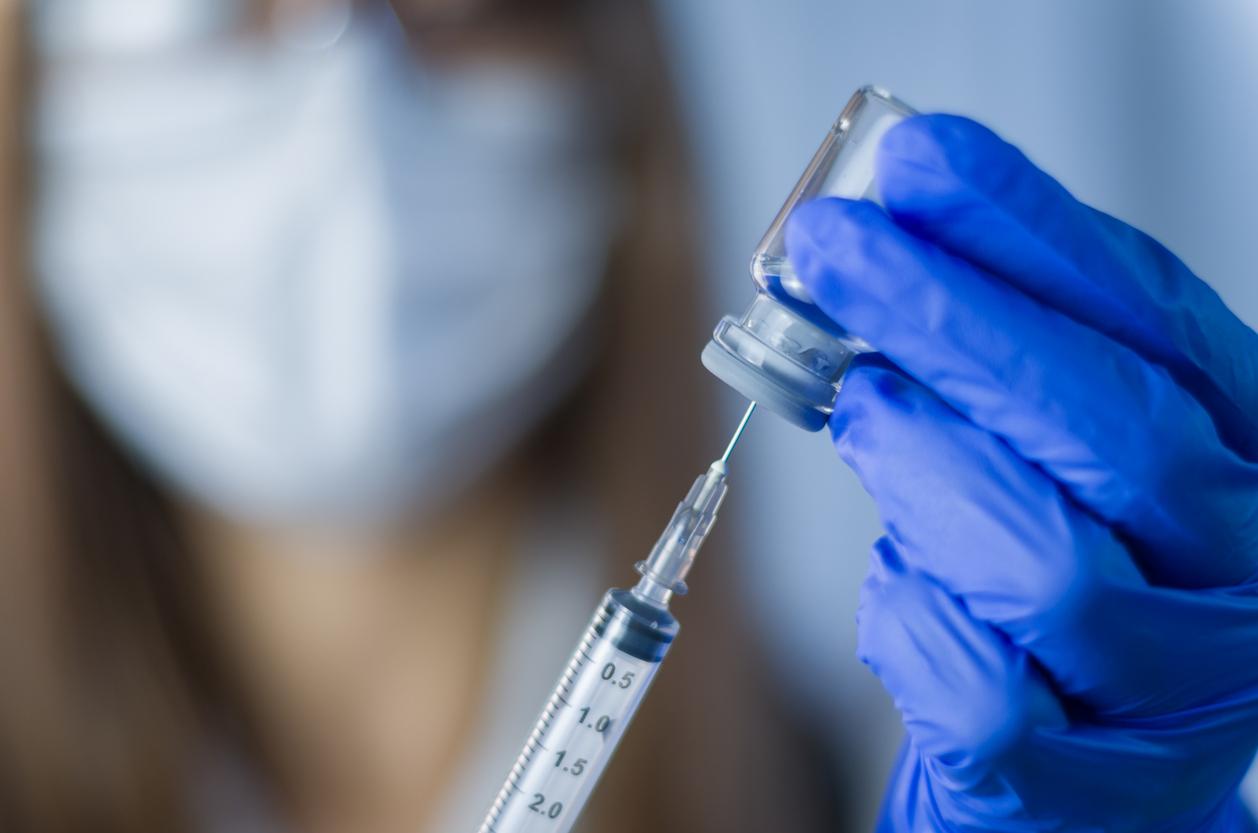While vaccines have been available since the end of last year, no treatment that can effectively cure Covid-19 has been presented. Behind the scenes, leads are becoming clearer and give hope, in addition to vaccine injections, for an exit from the health crisis.
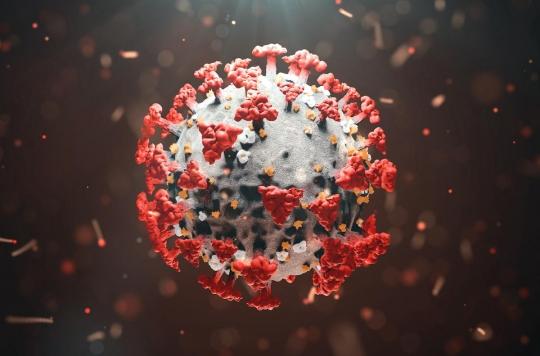
- Infusions of stem cells derived from the umbilical cord would offer 91% cure for the most severe forms.
- The repositioning of many drugs makes it possible to reduce virality, the duration of hospitalization or mortality.
- Clofoctol, prescribed to treat mild respiratory infections, would reduce contagiousness at the start of the infection and prevent serious forms later in the infection.
The Moderna vaccine, which arrived in France on Monday, is the second to be available after the one developed by Pfizer-BioNTech. Others, including one developed by AstraZeneca and Oxford, will follow in the coming weeks. In parallel with this race for the vaccine, the way out of the health crisis is also to be sought on the side of treatments. Once the drug capable of treating Covid-19 is discovered, it will unclog hospitals and reduce deaths. If none has yet shown total effectiveness, there is real hope.
Umbilical cord stem cells, 91% success
One of the latest treatments to show positive effects against the virus is the use of mesenchymal stem cells which would offer 91% cure for the most severe forms. These results, presented in the review Stem Cells on January 5, showed that infusions of stem cells derived from the umbilical cord drastically reduce the number of deaths as well as the recovery time of patients suffering from severe forms, never exceeding two weeks. These stem cells are known for their immunological and anti-inflammatory properties. In addition, their administration in clinical trials did not cause any significant adverse effects. “It only requires an intravenous infusion, such as a blood transfusion. It’s like lung-targeted missile technology capable of restoring a normal immune response and halting life-threatening complications”, specifies Dr. Ricordi, co-author of the study, and researcher at the University of Miami.
Conducted on only 24 patients, this therapeutic approach is promising. “The umbilical cord contains mesenchymal stem cells, which can be cultured and deliver therapeutic doses to over 10,000 patients from a single umbilical cord”, welcomed Dr. Ricordi. The researchers have announced that they want to test this avenue of treatment on less severely affected patients to see if it can prevent the disease from progressing. “These results are of critical importance not only for COVID-19 but also for other diseases characterized by aberrant and hyperinflammatory immune responses, such as type 1 diabetes.”, concluded the researcher.
The repositioning of drugs, many avenues under study
The other avenues of treatment concern drug repositioning. Among them, two arthritis drugs, tocilizumab and sarilumab, could lower the risk of death for patients in intensive care by 24% and reduce the length of hospital stay for patients with severe forms of covid-19. 10 to 7 days. These results, presented on January 7 by the National Health Service (NHS), the British health authority, have not yet been the subject of scientific publication. The tests carried out on 792 patients in six countries were enough to convince the NHS to authorize tocilizumab to treat severe forms of Covid-19.
At the beginning of December, it was molnupiravir, an antiviral initially intended to treat the flu, which showed triple efficacy: it reduces the risk of developing a serious form, prevents the transmission of the virus and decreases the duration of the infectious phase. In just 24 hours, it would completely stop the transmission of the virus, according to the results obtained after tests carried out on ferrets and published on December 3 in the journal Nature Microbiology. Clinical trials have been launched on humans and the results are expected next May, according to the study authors.
Bamlanivimab, an antibody-based treatment, also brings hope and has already been approved by US health authorities. This drug would allow patients not hospitalized but likely to have developed a serious form of the disease to avoid contracting it. A simple injection of this antibody would suffice. It is not recommended for people already hospitalized and mainly targets people over 65 or those who are at risk of developing a serious form such as diabetics or overweight people.
Other drugs have been shown to be effective in reducing the length of hospitalization and the number of deaths. This is particularly the case of the steroid Dexamethasone, the anti-parasitic Ivermectin, the anakrina usually used against rheumatic diseases or the antiviral Remdesivir. Hydroxychloroquine can also be cited, although several studies have contradicted its effectiveness, but several people claim to have been treated with the drug.
Clofoctol, the French hope
Finally, there is also hope for clofoctol developed by the Pasteur Institute in Lille. Since last March, Lille researchers have studied more than 2,000 molecules in order to find the one with the greatest effectiveness against the virus. Long mysterious about the identity of this miracle molecule, the researchers ended up revealing that it is clofoctol, prescribed to treat mild respiratory infections. “This molecule has an action on the two entry points of the virus into human cells, unlike hydroxychloroquine. In addition, it is not necessary to increase its concentration for it to be effective, unlike Remdesivir.said Benoît Déprez, scientific director of the Institut Pasteur de Lille, in an interview posted on the Institute’s YouTube channel on September 17. We have proven that its active ingredient can kill the virus at a concentration thirty times lower than that which is basically proposed.”
The advantage of this molecule is twofold: taken at the first symptoms of the disease, this drug reduces the viral load of the carrier of the disease, avoids contagion and taken later, it counteracts its serious forms. A human clinical trial is underway and results are expected by late spring.

.








